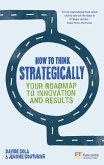
Broschiertes Buch
Your Roadmap To Innovation And Results
24. Oktober 2013
Pearson Education Limited
| eBook, ePUB | 12,95 € | |
| eBook, PDF | 12,95 € |
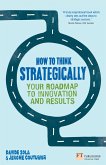
12,95 €
Sofort per Download lieferbar
12,95 €
Sofort per Download lieferbar
Ähnliche Artikel

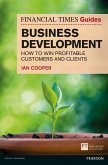
Broschiertes Buch
1. Auflage
26. April 2012
Pearson Education Limited

Broschiertes Buch
19. Dezember 2011
Pearson Education Limited
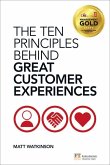
Broschiertes Buch
1. Auflage
6. Dezember 2012
Pearson Education Limited

Broschiertes Buch
Boost your business, manage risk and develop your personal brand
10. Oktober 2018
Pearson Education Limited

Broschiertes Buch
2 ed
4. August 2020
Pearson Education Limited
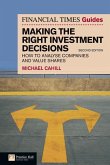
Broschiertes Buch
2 ed
11. März 2010
Pearson Education Limited

Broschiertes Buch
4 ed
4. Dezember 2009
Pearson Education Limited
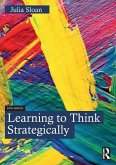
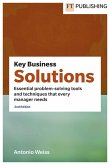
Ähnlichkeitssuche: Fact®Finder von OMIKRON
